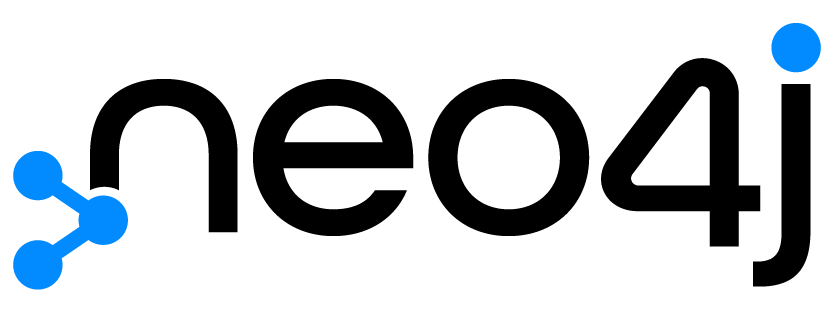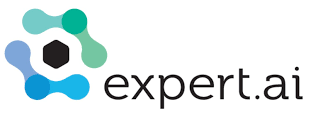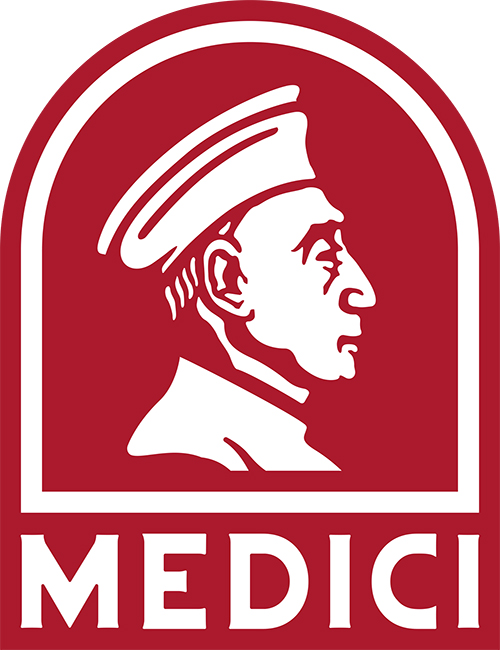Graph Day Texas 2022 Sessions
For the complete list of confirmed sessions at Data Day Texas, visit the main sessions page.
Fighting COVID-19 using Knowledge Graphs
Ying Ding - University of Texas
COVID-19 pandemic has caused the tragic loss of human lives and the worst economic downturn since the Great Depression. Scientific discovery heavily depends on the accumulated knowledge by peer scientists. There are over 500,000 COVID-19 related articles published, but nobody can read them all. This talk highlights the importance of knowledge graph and how it can help scientists and the public to figure against COVID-19. It covers the topics ranging from building COVID-19 knowledge graph based on scientific publications to faciliate drug discovery, using contrastive deep learning to enhance the risk prediction for COVID patients, to investigating the parachuting collaboration and research novelty in COVID-19 related research activities.
A gentle introduction to using graph neural networks on knowledge graphs
Dave Bechberger - Amazon Web Services
Knowledge graphs are a hot topic in the enterprise data space but they often suffer from a lack of rich connections within the data. Graph neural networks (GNNs) can help fill this gap by using the structure of connections within the data to predict new connections. These two seem like a natural partnership, however understanding what each of these is and how to leverage them together is a challenge.
In this talk we’ll provide a gentle introduction to the concepts of knowledge graphs and graph neural networks. We will discuss what a knowledge graph is, why you might want to use one, and some of the challenges you will face. We will then discuss key concepts of graph-based machine learning including an introduction to how they work, what use cases they solve, and how they can be leveraged within knowledge graphs. Finally, we’ll walk through a few demonstrations to show the power of leveraging knowledge graphs and GNN’s together.
Introduction to Taxonomies for Data Scientists (tutorial)
Heather Hedden - Semantic Web Company
This tutorial/workshop teaches the fundamentals and best practices for creating quality taxonomies, whether for the enterprise or for specific knowledge bases in any industry. Emphasis is on serving users rather than on theory. Topics to be covered include: the appropriateness of different kinds of knowledge organization systems (taxonomies, thesauri, ontologies, etc.), standards, taxonomy concept creation and labeling, taxonomy relationship creation. The connection of taxonomies to ontologies and knowledge graphs will also be briefly discussed. There will be some interactive activities and hands-on exercises. This session will cover:
Introduction to taxonomies and their relevance to data
• Comparisons of taxonomies and knowledge organization system types
• Standards for taxonomies and knowledge organization systems
• Taxonomy concept creation
• Preferred and alternative label creation
• Taxonomy relationship creation
• Taxonomy relationships to ontologies and knowledge graphs
• Best practices and taxonomy management software use
The Future of Taxonomies - Linking data to knowledge
Heather Hedden - Semantic Web Company
Taxonomies are no longer just for navigation or tagging documents. AI technologies, such as machine learning and NLP are now being used more in combination with taxonomies rather than merely in place of taxonomies. The results include applications of semantic search, personalization, recommendation, question-answering. Combining taxonomies with ontologies and linked instance data, supporting more powerful search and analytics across all kinds of data, structured and unstructured, and not just documents. Topics to be discussed include:
- Trends in uses of taxonomies (industries, applications, implementation and management), benefits of taxonomies,
- How knowledge-based recommendation and personalization systems are built
- How NLP and taxonomies support each other
- How taxonomies contribute to knowledge graphs
- Semantic Web standards and their benefits for taxonomies and other knowledge organization systems
Visual timeline analytics: applying concepts from graph theory to timeline and time series data
Corey Lanum - Cambridge Intelligence
Timelines are one of the most basic forms of data visualization and plotting events on a timeline is usually a straightforward process. But what happens when we have connections in that data? Time-based data often takes the properties of both time series and graph data sets, but the traditional visualizations for each are lacking. Time series visualizations like a stock ticker chart can show how a variable changes over time, but not how data elements are connected to one another. And node-link charts can show relationships but not how they may be changing over time. This talk introduces the new concept of visual timeline analysis, a kind of visualization designed to detangle complex time-based connected data. Corey will share his experience helping organizations harness visual timelines in their applications taking inspiration from the graph world. He’ll show some examples of how a visualization timeline can show connected data over time and how looking at the data this way can produce some really interesting insights.
History of Network Science - A Look at How Networks Have Connected Us
Sean Robinson - Graphable
The rise of graph analytics and network science within data has been steadily growing for several years. Today we see top companies offering new ways to leverage the interconnected power of networks to answer the increasingly complex and subtle questions businesses are asking of their data. However, the use of networks to model data is a technique which has grown over hundreds of years.This talk takes viewers through a timeline of network science as we explore how people have taken on novel challenges in the real world and how they used networks as a solution to these problems. Beginning in 1736 with the Seven Bridges of Königsberg and through to today’s innovations in network science, by exploring the challenges which drove early innovators to rely on the power of networks, we can both understand the groundwork that led to the current innovations we see arising today and gain insight into how these innovations can shape our own solutions to everyday data problems.
Introduction to Graph Data Science for Python Developers (workshop)
Clair Sullivan - Neo4j
Connected data is everywhere! In data science and machine learning we create models based on the idea that each data point within a set is an independent measurement. However, this assumption is relaxed when we are talking about connected data as represented in a network graph. We see instances of this in a variety of common data science problems such as from modeling customer churn to creating recommendation engines to detecting banking fraud. For example, consider the case of customer churn in social media. A traditional machine learning model can be created to predict churn that treats each user as an independent entity. We can engineer features to create vector embeddings of these users that we then use to generate models and quantify the results of our models. However, this approach ignores a key thing: users are not actually independent entities. It is clear that a user is more likely to churn from a social media platform if one or several of their friends do first. By ignoring the relationships between data points -- the connection between two or more users (friendship in this case) -- we have weakened our ability to represent the complete picture, resulting in a significantly less accurate model.
In this workshop we will introduce the fundamentals of graph data science as explored through Python. We will explore how to enhance existing models or create new models that go beyond what can be represented by a standard relational database. When we represent our data as a graph, this will allow us to treat the connections between individual data points as a “first-class entity.” Using a graph database and real-world data the participants of this workshop will learn how to analyze, manipulate, and create machine learning models to solve problems that are much more complex to solve with traditional approaches.






























